Author: Paul Amico
While France’s neighbor to the northeast is widely known for its hop production, the region of Alsace has made a name for itself through the development of varieties including Strisselspalt and the more recently released Barbe Rouge. Noted for its ability to contribute a unique blend of ripe red berries and zesty citrus, larger quantities of Barbe Rouge are said to work well in all forms of hoppy IPA, while lesser amounts can add a refined touch to more delicate styles.
Alpha: 7.5 – 9.5%
Beta: 3.5 – 4.6%
Cohumulone: 25 – 28% of alpha acids
Total Oil: 1.8 – 2.2 mL/100g
Myrcene: 52 – 58%
Humulene: 17 – 21%
Caryophyllene: 3 – 3.3%
Farnesene: 0 – 3%
Linalool: 12 – 16%
Geraniol: unknown
ß-Pinene: unknown
Parentage: Strisselspalt
It wasn’t until my pro brewer friend, Brad Gaines from Crow & Wolf Brewing Company, asked me about Barbe Rouge that I’d ever even heard of this relatively novel variety. After reading existing descriptions, it was apparent this hop was quite different than the currently popular American and New World varieties, and seeing as I’d never used a French hop before, I was stoked to put this one through The Hop Chronicles.
| MAKING THE BEER |
With the goal of keeping the hop character front and center, I used our standard Hop Chronicles Pale Ale recipe for this batch.
Barbe Rouge Pale Ale
Recipe Details
| Batch Size | Boil Time | IBU | SRM | Est. OG | Est. FG | ABV |
|---|---|---|---|---|---|---|
| 5.5 gal | 60 min | 40.7 IBUs | 5.7262844 | 1.054 | 1.013 | 5.5 % |
| Actuals | 1.054 | 1.011 | 5.7 % | |||
Fermentables
| Name | Amount | % |
|---|---|---|
| Lamonta American-style Pale Malt (Mecca Grade) | 10 lbs | 83.33 |
| Vanora Vienna-style Malt (Mecca Grade) | 2 lbs | 16.67 |
Hops
| Name | Amount | Time | Use | Form | Alpha % |
|---|---|---|---|---|---|
| Barbe Rouge | 12 g | 60 min | First Wort | Pellet | 9.3 |
| Barbe Rouge | 14 g | 30 min | Boil | Pellet | 9.3 |
| Barbe Rouge | 22 g | 15 min | Boil | Pellet | 9.3 |
| Barbe Rouge | 56 g | 2 min | Boil | Pellet | 9.3 |
| Barbe Rouge | 56 g | 4 days | Dry Hop | Pellet | 9.3 |
Yeast
| Name | Lab | Attenuation | Temperature |
|---|---|---|---|
| Flagship (A07) | Imperial Yeast | 75% | 60°F - 72°F |
Notes
| Water Profile: Ca 92 | Mg 1 | Na 10 | SO4 153 | Cl 50 |
Download
| Download this recipe's BeerXML file |
I started off my brew day by collecting the full volume of water, which I adjusted to my desired profile.
After flipping the switch on my controller to get things heating up, I weighed out and milled the grain.
When the water was properly heated, I incorporated the grains and set the controller to maintain my desired mash temperature of 152°F/67°C before preparing the kettle hop additions.
Once the 60 minute mash rest was complete, I removed the grains from the sweet wort and set the controller the heat it up.
The wort was boiled for 60 minutes with hops added as stated in the recipe.
Following the boil, I used my CFC to chill the wort during transfer to a sanitized fermenter.
A refractometer reading showed the wort was at my target OG.
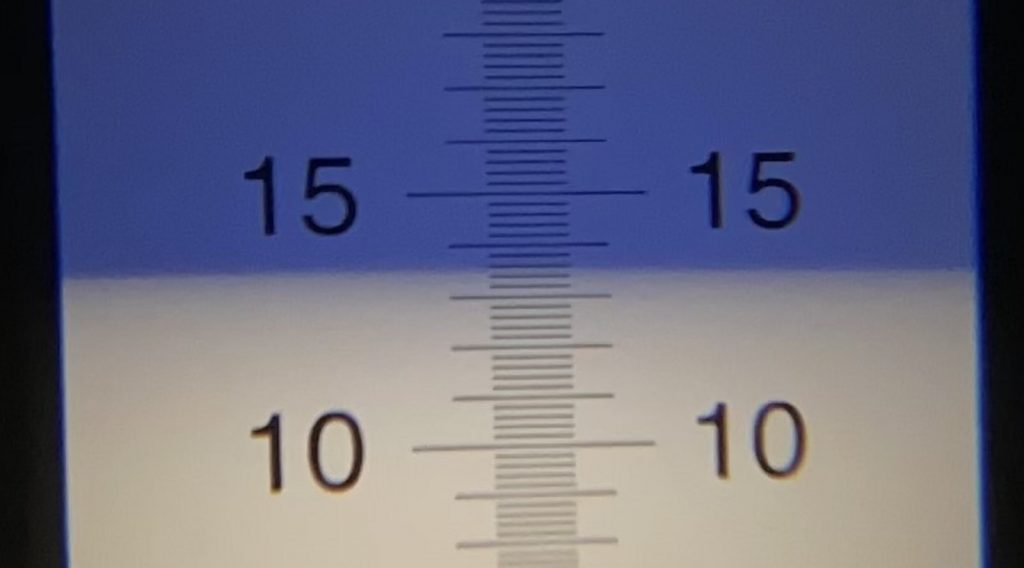
I then pitched a pouch of Imperial Yeast A07 Flagship into the wort.
The beer was left to ferment at 66°F/19°C for 2 weeks before I took a hydrometer measurement confirming FG was reached.
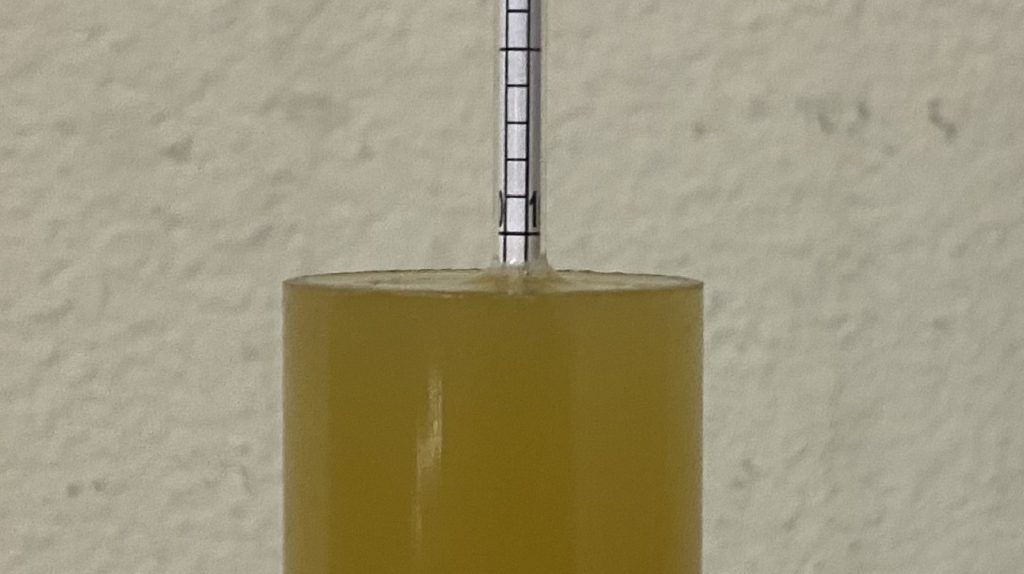
With fermentation complete, I transferred the beer to a CO2 purged keg.
The filled keg was placed in my keezer and burst carbonated overnight before I reduced the gas to serving pressure. After a week of conditioning, I began serving it to blind tasters.
| METHOD |
Participants were instructed to focus only on the aromatic qualities of the beer before evaluating the flavor. For each aroma and flavor descriptor, tasters were asked to write-in the perceived strength of that particular characteristic on a 0-9 scale where a rating of 0 meant they did not perceive the character at all and a 9 rating meant the character was extremely strong. Once the data was collected, the average rating of each aroma and flavor descriptor was compiled and analyzed.
| RESULTS |
A total of 17 people participated in the evaluation of this beer, all blind to the hop variety used until after they completed the survey. The average aroma and flavor ratings for each descriptor were plotted on a radar graph.
Average Ratings of Aroma and Flavor Perceptions
The 3 characteristics endorsed as being most prominent by participants:
| Aroma | Flavor |
| Tropical Fruit | Stone Fruit |
| Citrus | Tropical Fruit |
| Stone Fruit | Citrus |
The 3 characteristics endorsed as being least prominent by participants:
| Aroma | Flavor |
| Onion/Garlic | Onion/Garlic |
| Earthy/Woody | Dank/Catty |
| Dank/Catty | Grassy |
When asked to rate the pungency/strength of the hop, most tasters perceived it as being mildly to moderately pungent.
Tasters were then instructed to identify beer styles they thought the hop would work well in.
Finally, participants were asked to rate how much they enjoyed the hop character on a 1 to 10 scale.
My Impressions: From the moment I opened the bag of hops to the last time I poured a pint for myself, the most prominent characteristic I detected was ripe strawberry. I did pick up hints of citrus in the background, but the strawberry was most obvious to me. While I enjoyed the bitterness imparted by Barbe Rouge, I wasn’t personally a fan of the way it came across when used on its own in this beer. But such was not the case for all…
Marshall stopped by my place for a socially distanced sample, and despite completely forgetting what the hop variety I used was, he didn’t complete the formal evaluation.
Marshall’s Impressions: Prior to being told what hop was used in this beer, I presumed it was a new American variety based on the pungent and unique blend of fruity characteristics. To me, this beer smelled and tasted like mixed tropical fruits with hints of red berry and a touch of Chantilly cream in the finish. Like Paul, I was also a fan of the bitterness profile of this beer, as it was assertive enough to balance the perceived sweetness, but didn’t linger on my palate long at all. Overall, I absolutely loved this Barbe Rouge Pale Ale and was happy to take the leftover off of Paul’s hands after he’d finished collecting data!
| CONCLUSION |
Despite being less recognizable than places like Hallertau in Germany and Yakima in the United States, France’s Alsace region has produced some notable hops, one of which is the relatively new Barbe Rouge. While one of the most common descriptors associated with this variety is red fruit, tasters of a Pale Ale hopped solely with Barbe Rouge noted citrus, tropical fruit, and stone fruit as being the most perceptible characteristics.
In terms of overall pungency, a majority of tasters rated the Barbe Rouge character in this single-hop beer as being moderate while a decent number felt it was mild; no tasters endorsed this beer as possessing strong or extreme hop character, which may speak to the more delicate nature of Barbe Rouge that some have previously noted. Based on the preference data for this beer, it seemed most tasters appreciated what Barbe Rouge had to offer, as only one person rated it lower than 5 out of 10.
Having sampled this beer prior to collecting data, I admittedly wondered if my not-so-positive opinion on Barbe Rouge would be shared by others, but that wasn’t the case, yet another reminder of just how subjective preference is. Unlike tasters, and likely influenced by my awareness of the hop used in the beer, I did perceive a red berry note that I found rather unflattering. I’m open to the possibility this hop could work well in less hoppy styles or even alongside other varieties in an IPA, and seeing as I still have some on-hand, I will be playing with it more. That said, I had no qualms giving the half full keg of this single-hop Barbe Rouge Pale Ale to Marshall after collecting data, as his opinion of it differed quite drastically from mine.
Barbe Rouge hops are available now at Yakima Valley Hops, get some while you can! If you have any thoughts on this variety, please feel free to share them in the comments section below.
Support Brülosophy In Style!
All designs are available in various colors and sizes on Amazon!
Follow Brülosophy on:
FACEBOOK | TWITTER | INSTAGRAM
If you enjoy this stuff and feel compelled to support Brulosophy.com, please check out the Support page for details on how you can very easily do so. Thanks!



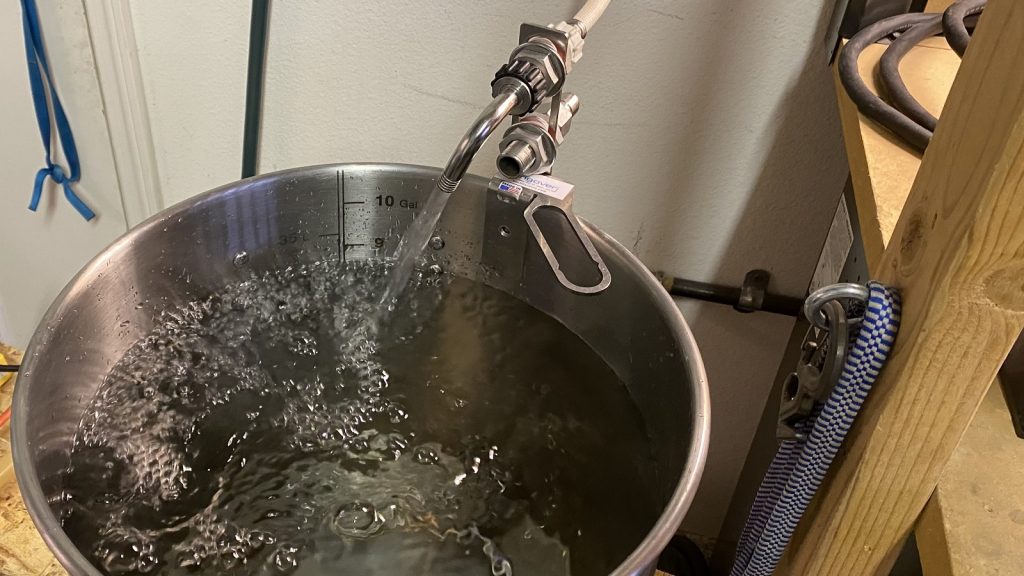
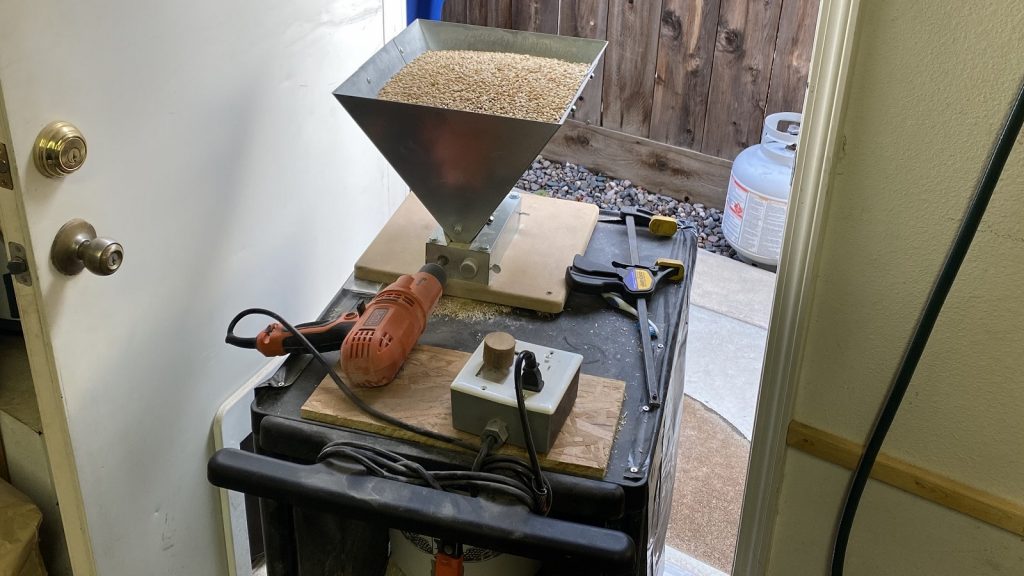

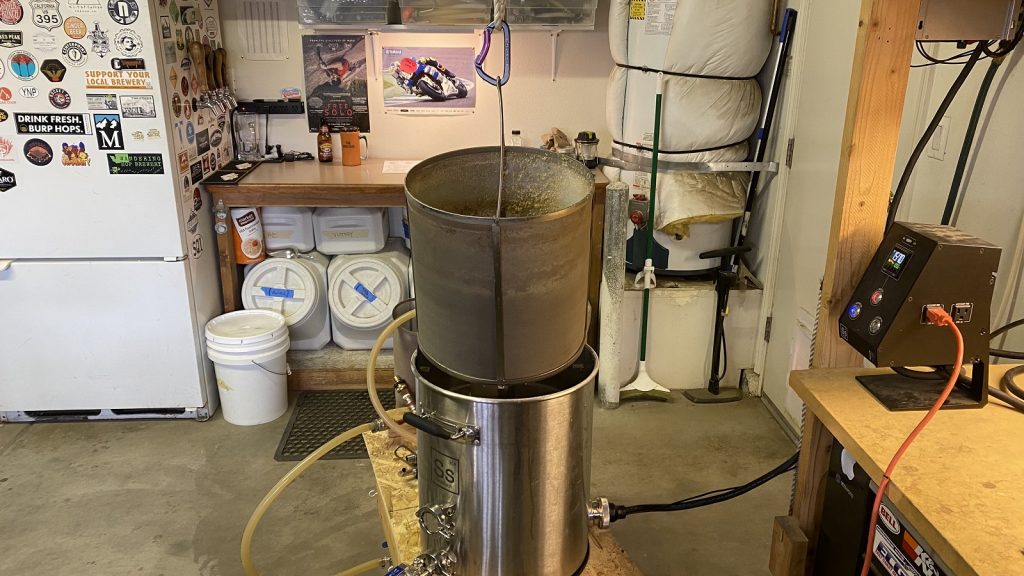
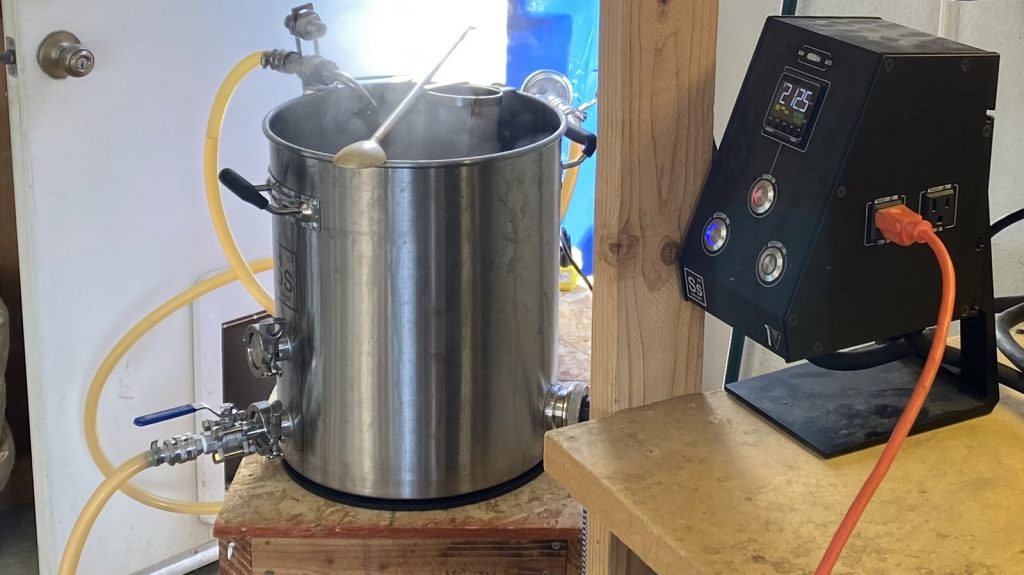
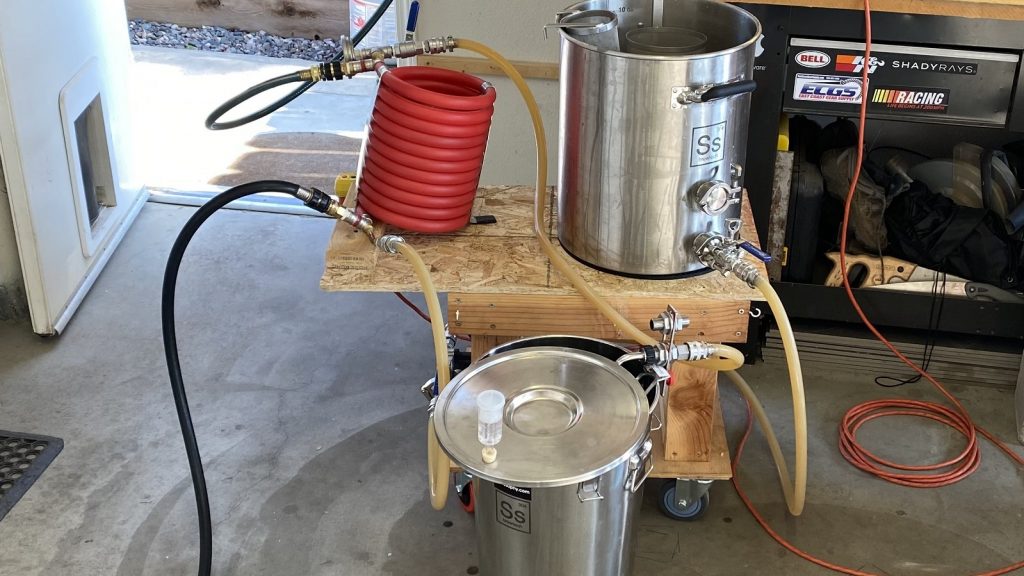
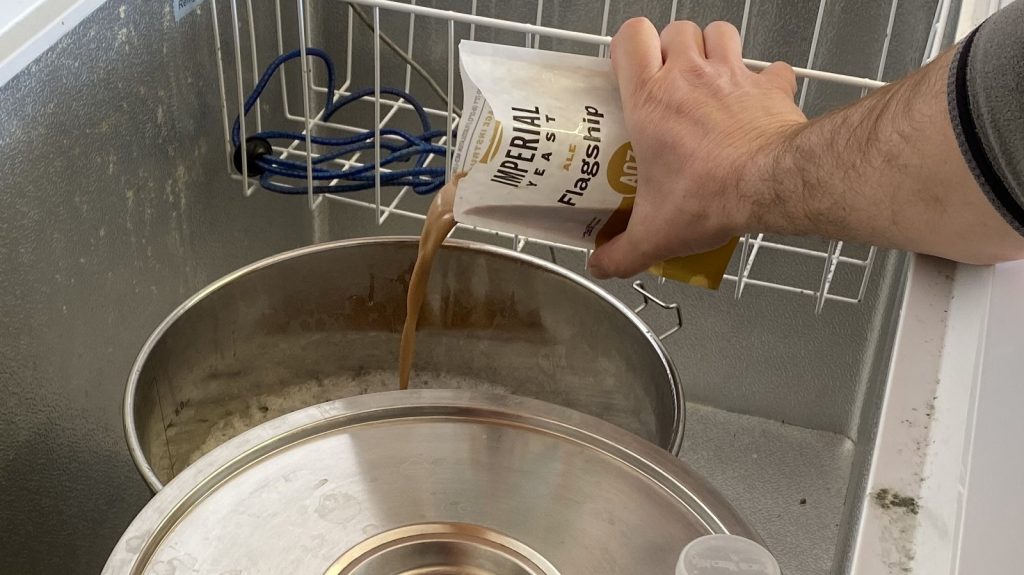
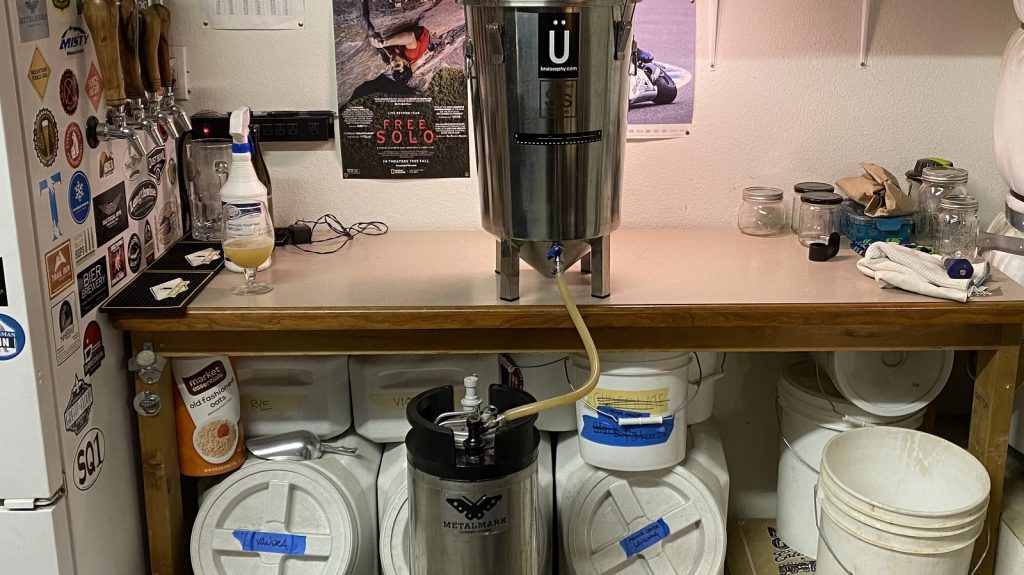
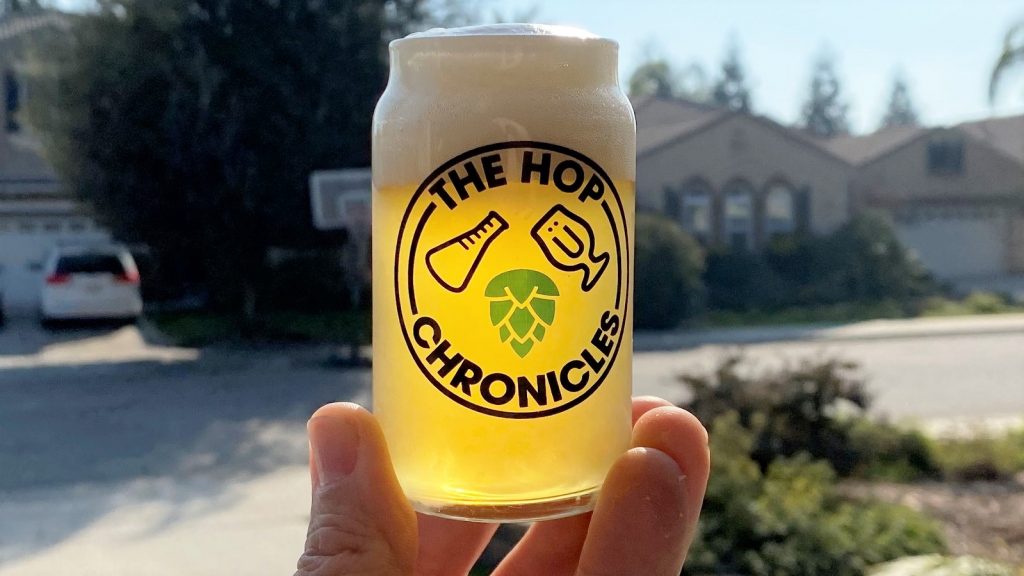

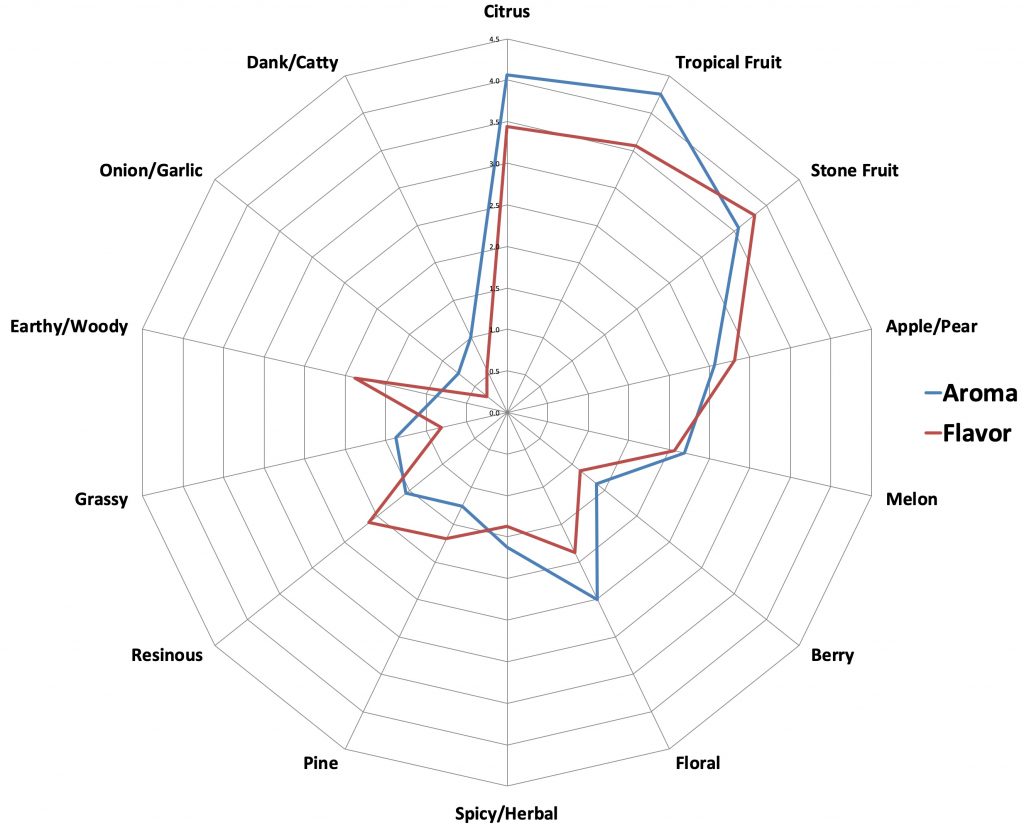
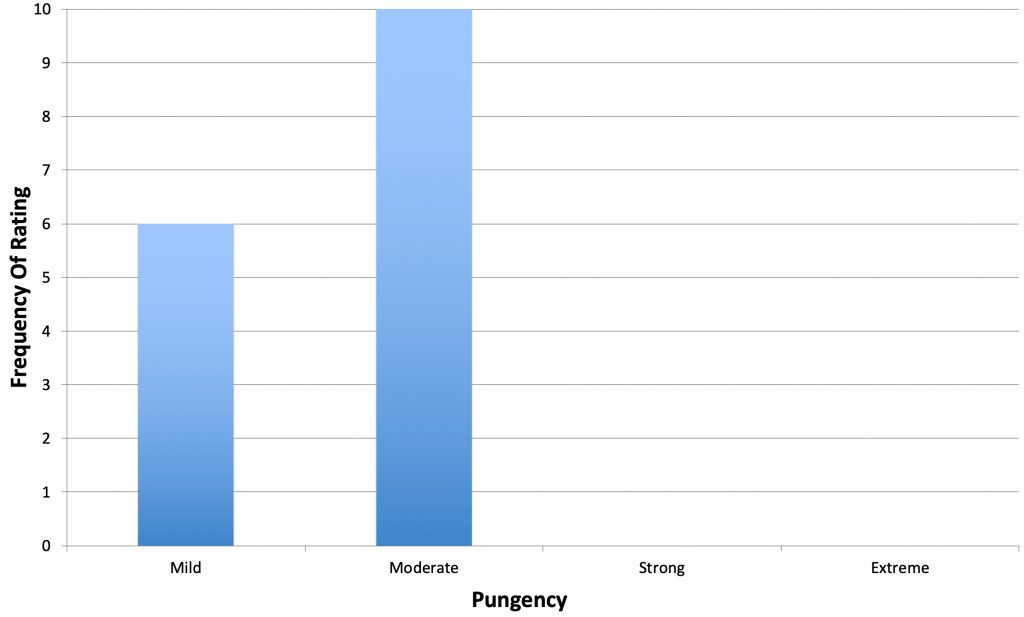
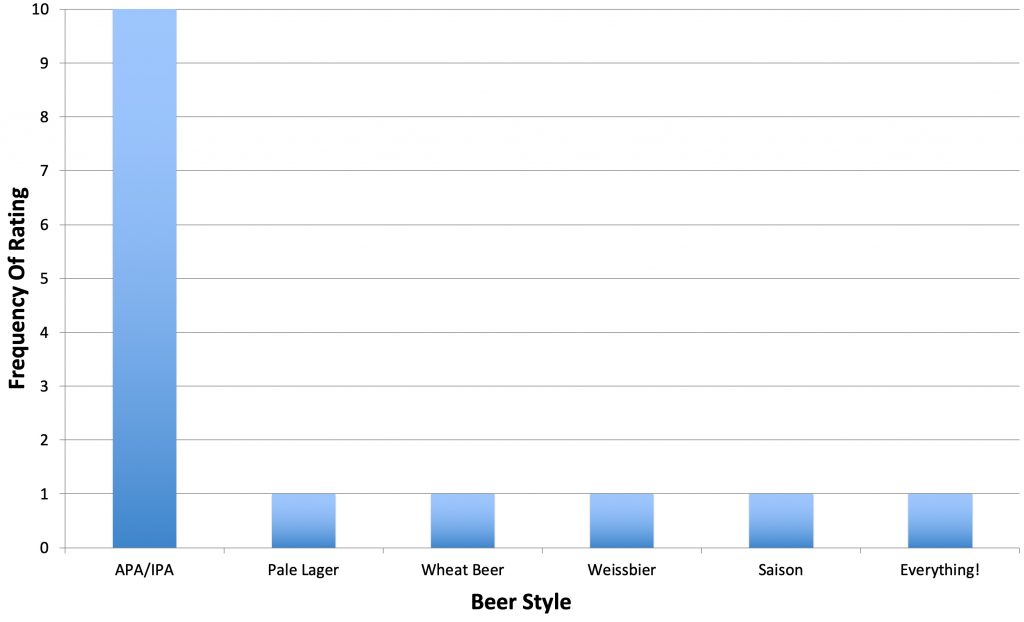
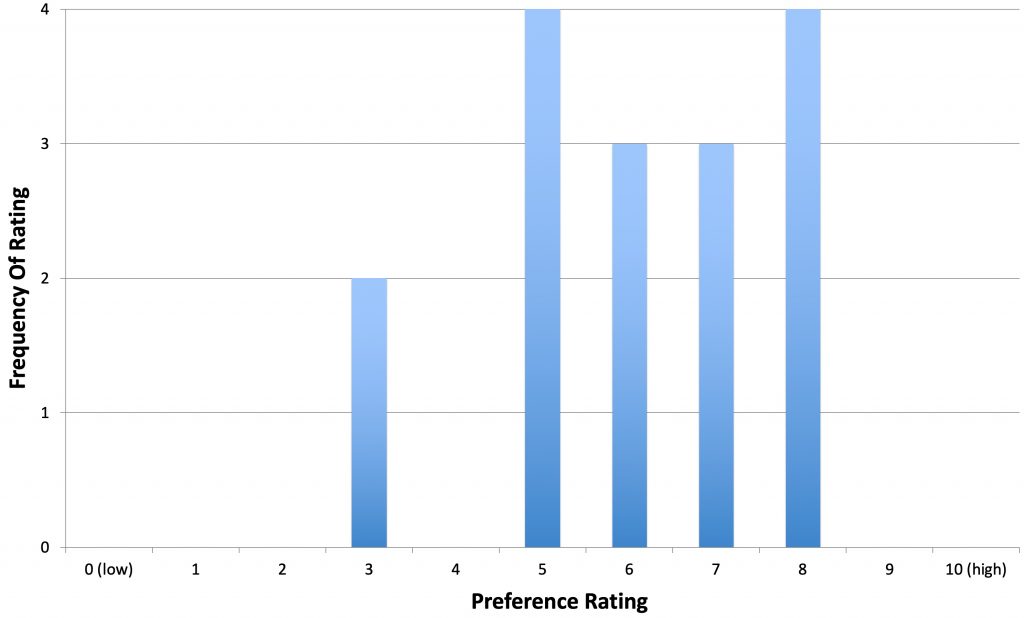











4 thoughts on “The Hop Chronicles | Barbe Rouge (2019) Pale Ale”
12-16% linalol, is that right? Holly sh.. hop!
Von Ebert in Portland, Ore makes a French pilsner with this hop – it’s fantastic! So consider using this variety in a lager – probably works pretty well on its own in a lager format.
I used an ounce of it at flameout in a 3.5gal batch of English mild where it played very nicely with the malt bill of Ashburne Mild, Rye, and UK extra dark crystal. Light touch in a light 3.6% beer. It’s on the list to be re-brewed.
Surprised you hadn’t heard of it, I used it with Enigma and Citra in “Yeet Or Be Yeeten” NEIPA back in July of last year.